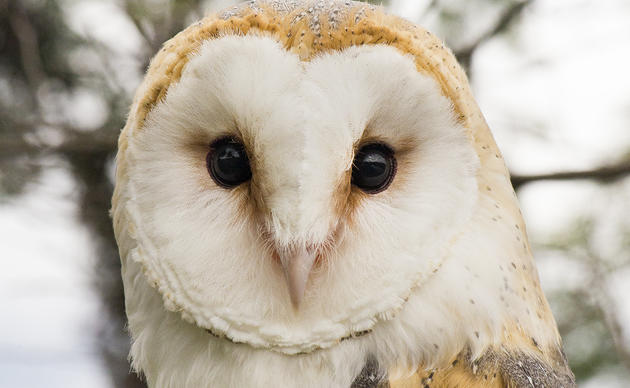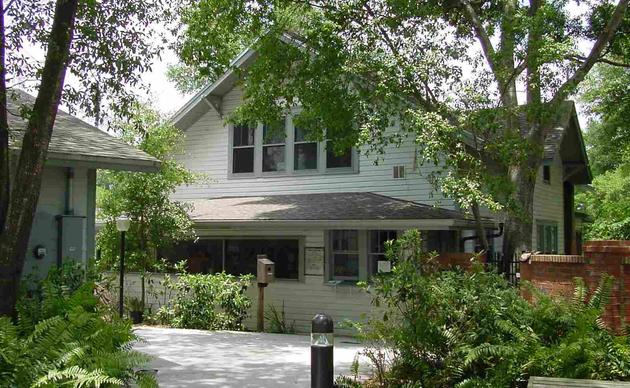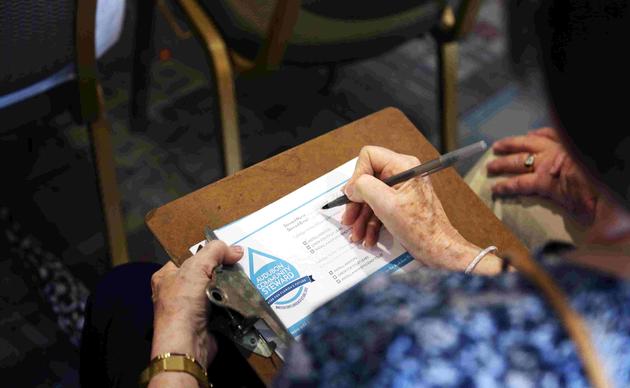Raptors go lots of places that people generally do not: the tallest branches of trees, high atop cell towers, and the space above the ocean’s surface, to name a few. When these birds need rescue, the Audubon Center for Birds of Prey’s volunteer rescue team strives to reach them wherever they are and transport them to the Center’s Raptor Trauma Clinic for treatment and rehabilitation.
Since 1979, the Center for Birds of Prey has treated sick and injured raptors—including species of hawks, eagles, owls, kites, vultures, and falcons. Historically, these patients are brought to the Center by the good Samaritans who find them or by local animal control officers, but last year, volunteers Cheryl Merz and Maggie Haynes saw a need for the Center to have its own rescue team, and they began the process of assembling such a group. At first, the pair invited five other volunteers to join them, but as baby season approached — the busiest time of year for the Center — it became clear they would need to expand. They extended an invitation to any Center volunteers interested in learning the ropes.
With the support of Center staff, Merz and Haynes trained about 20 dedicated volunteers in the art of raptor rescue. Raptors are protected by state and federal laws, so it’s important that only trained and experienced people attempt rescue and rehabilitation. It’s also important that injured birds are transported to the Clinic as quickly and efficiently as possible. The goal of the rescue team is to streamline the rescue process so that raptors from every part of the state can get the care they need.
The process goes like this: a member of the community calls the Center to report a sick or injured bird. The guest services team collects details on the bird: Is it a raptor? What’s wrong with it? Where is it located? If the caller cannot put the bird in a box and transport it to the Center themselves, the guest services team calls Haynes or Merz, who act as coordinators of every rescue. From there, they determine which volunteers might be available and nearby to assist with the rescue.
From roadways to rooftops to back yards, the team has jumped in to help raptors in all kinds of situations. Each rescue is a second chance at life for a raptor, and for special species like Bald Eagles, of which there are only about 2,500 nesting pairs in Florida, every individual bird matters.
In less than a year, the team has rescued more than 200 raptors from around the state — an impressive statistic for a group of just 20 people. What’s even more impressive, perhaps, is this: since the rescue team’s inception earlier this year, they have never turned away a raptor in need.



